
Oranges, a fruit symbolizing vitality, conceal a world of varieties and flavors. From sweet navels to bitter oranges, each has its own unique characteristics and finds its ideal place in our diet. Perhaps you don't know it, but a useful distinction is between sweet and bitter oranges: the difference depends on a series of factors that primarily relate to the specific variety, but also to climatic conditions, soil characteristics, and the degree of ripeness. Here are the main orange varieties and how to best enjoy them.
Sweet Oranges: What They Are and How to Use Them
Sweet oranges are the undisputed stars of our breakfasts, but also of delicious desserts: they're ideal for fresh consumption and for juicing. They contain a higher amount of sugars, primarily fructose and glucose, which give them their characteristic sweet flavor. But what are the most common varieties and what are their characteristics?
1. Navel
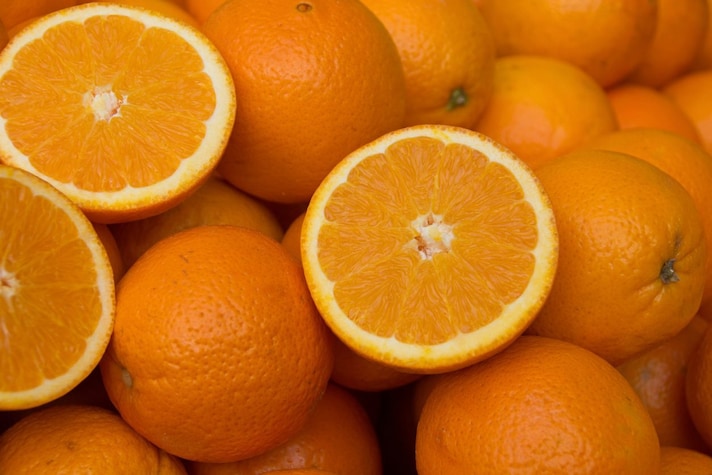
Generally round or slightly oval, navel oranges have smooth, bright orange skin, often with a slight greenish tinge at the base. The distinguishing feature of navels is the presence of a "navel" on the opposite side of the stem: this is actually a second, undeveloped fruit that gives the orange its name. They are perfect for eating in segments, thanks to their sweet flavor and easy peeling. Their juicy, seedless pulp makes them ideal for making fresh, delicious juices, but they also add a pop of color and flavor to fruit salads and can be used to make delicate, fragrant jams.
2. Valencia
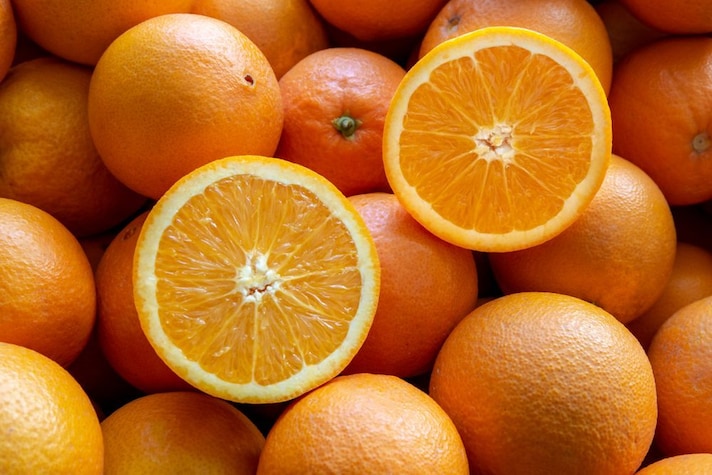
Valencia oranges are spherical or slightly elliptical in shape, with a light orange peel that's thick and slightly rough to the touch. The flesh is a deep yellow-orange, juicy, crisp, and usually seedless or with few seeds. The flavor is refreshing, with a perfect balance of sweetness and acidity. They are a late variety; harvest usually begins in April and can continue until June. Valencia oranges can be eaten fresh, made into juice, or even used in salads, thanks to their crispy flesh. They are widely used in the production of industrial fruit juices.
3. Moro
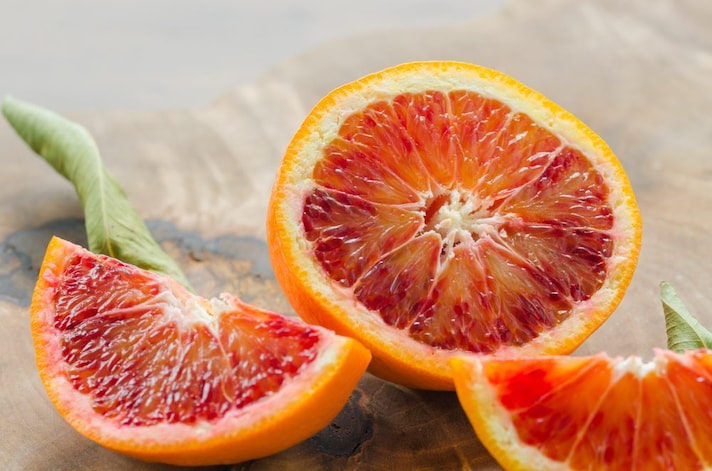
Prized for their vibrant color and bold flavor, Moro oranges are spherical or slightly ovoid in shape, with a deep orange peel that sometimes has wine-red hues. The distinctive feature of Moro oranges is their intense red flesh, almost purplish when fully ripe. They are juicy, seedless, and have a sweet, slightly tart flavor with fruity notes reminiscent of raspberry. How are they used? Moro oranges can be used in numerous recipes, both sweet and savory, as well as being eaten plain, like all sweet oranges. They are excellent for baking, such as cakes and muffins, or for flavoring meat and fish. Their juice can be used to prepare original and refreshing cocktails.
5. Sanguinelli
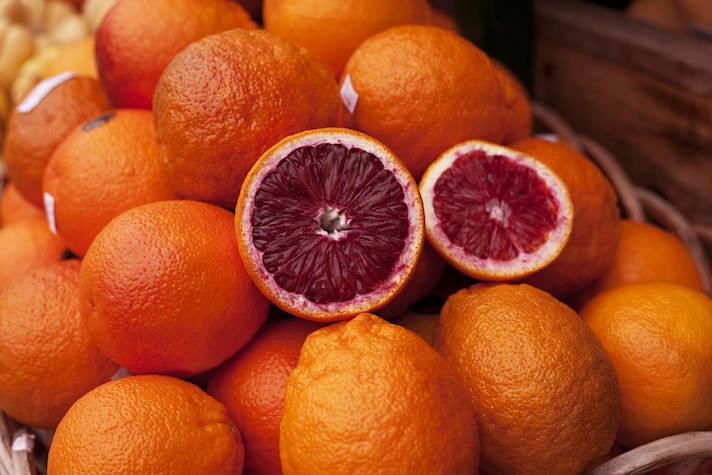
This orange also has an intense ruby-red pulp, which varies in intensity depending on the variety and climatic conditions. Sanguinelli oranges have a beautiful, deep orange peel, often with red hues, and a fairly smooth texture. This is a juicy variety, with few seeds and a sweet, slightly tart flavor that's very refreshing. They're excellent eaten in segments, but also used in jams with a deep red color and a sweet and sour flavor. They're used to make single-variety or mixed fruit juices.
6. Tarocco
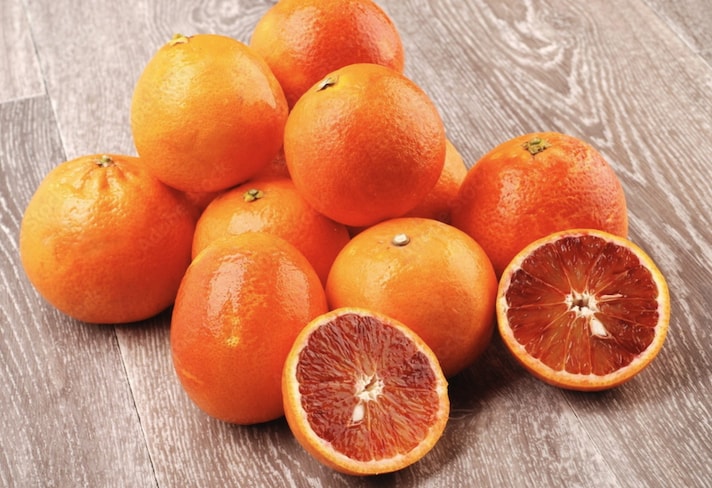
A major player in Sicilian production, Tarocco oranges, like Sanguinelli and Moro oranges, are prized worldwide for their sweet flavor and colorful pulp. They have a deep orange, smooth, and medium-thick rind. Their distinguishing feature, again, is the beautiful red, almost purple, pulp, due to the presence of anthocyanins, powerful antioxidants. They are very sweet oranges with a fruity aroma, generally seedless or with very few seeds. Tarocco oranges are delicious eaten fresh, perhaps in segments or halved, and of course in cakes, muffins, biscuits, and other desserts. Their intense flavor and sweetness make them perfect for making refreshing sorbets, while their grated peel can be used to flavor meat or fish dishes.
7. Belladonna
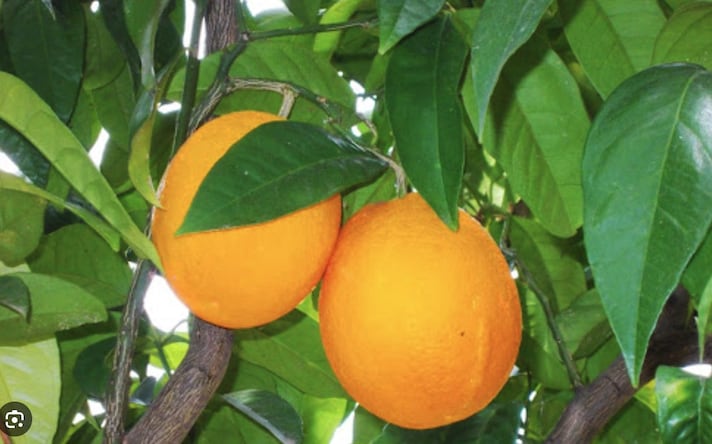
A lesser-known variety, Belladonna oranges are native to Calabria, specifically the Reggio Calabria area: they are also known as oval San Giuseppe oranges or Calabresi Nucellari. The favorable microclimate of this region, characterized by mild winters and hot summers, contributes to this variety's unique and unmistakable flavor. They are oval or slightly elongated in shape and have a thin, yellow or pale orange peel that adheres tightly to the flesh. The flavor is sweet and delicate, with a perfect balance of sugars and acids. Harvesting is late, usually ready for picking between February and March. They are ideal for fresh consumption, but they lend themselves to a variety of preparations, such as juices, jams, and various desserts. The peel, if processed correctly, can be used to make delicious candied peel.
Bitter Oranges
Not only sweet, oranges also have a bitter side that makes them valuable in the kitchen: they're the secret ingredient in many desserts and liqueurs. The bitter taste of bitter oranges is due to the presence of compounds called limonoids: these compounds give oranges their distinctive flavor and intense aroma. Here are the main varieties and how to use them.
1. Common Bitter Orange
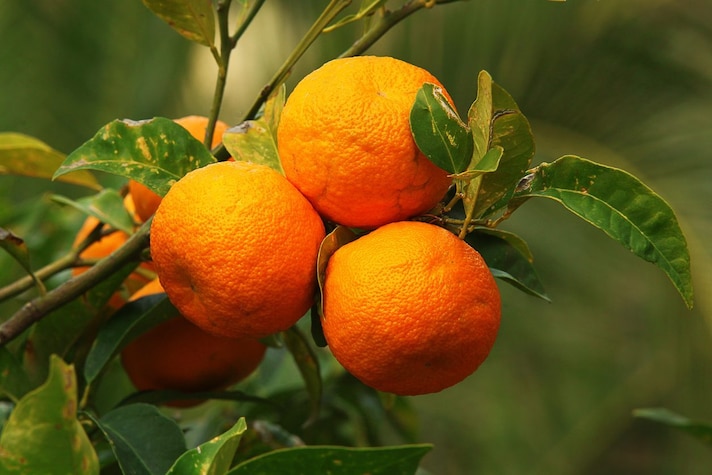
This is the most common variety: the common bitter orange has a thick, wrinkled, yellow-orange peel and bitter, not very juicy flesh. In addition to jams and marmalades, the bitter orange is used to make numerous liqueurs, such as Cointreau and Grand Marnier. The leaves and flowers of the bitter orange can be used to prepare infusions and herbal teas with digestive and relaxing properties.
2. Seville Bitter Oranges

Native to Spain, as its name suggests, this variety is particularly prized for the production of bitter jams and liqueurs: it has a very thick rind and a particularly bitter pulp. The Seville bitter orange is used for jams and preserves, various types of liqueurs, but also in savory preparations, such as marinades for meat or fish, or to flavor sauces and dressings. The candied Seville bitter orange peel becomes a delicious ingredient for decorating cakes, biscuits, and other desserts.
3. Bizzarria
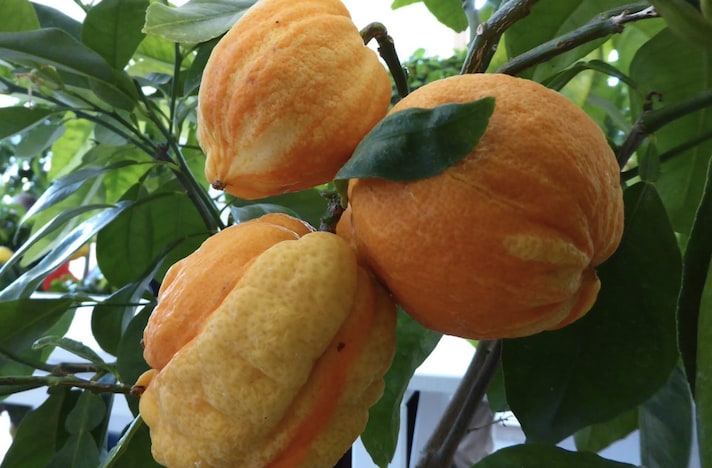
This variety is very unique, producing fruit that has characteristics somewhere between a bitter orange and a citron lemon. The shape and color of the fruit can vary greatly, from lemon-like to more rounded. Due to its rarity and unique appearance, the Bizzarria orange is highly sought after by citrus collectors. How is it used? Mainly for liqueurs, chutneys, or bitter marmalades.
;Resize,width=767;)
